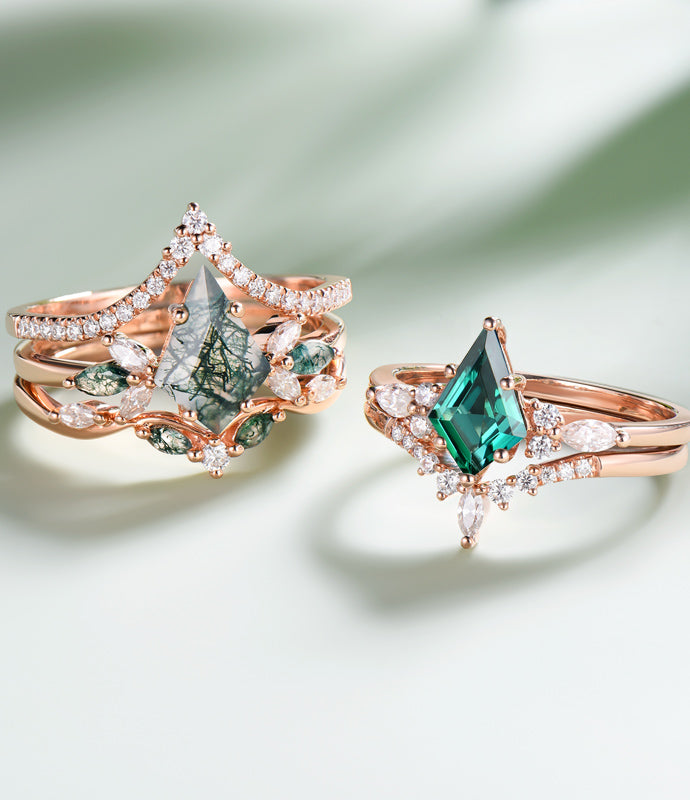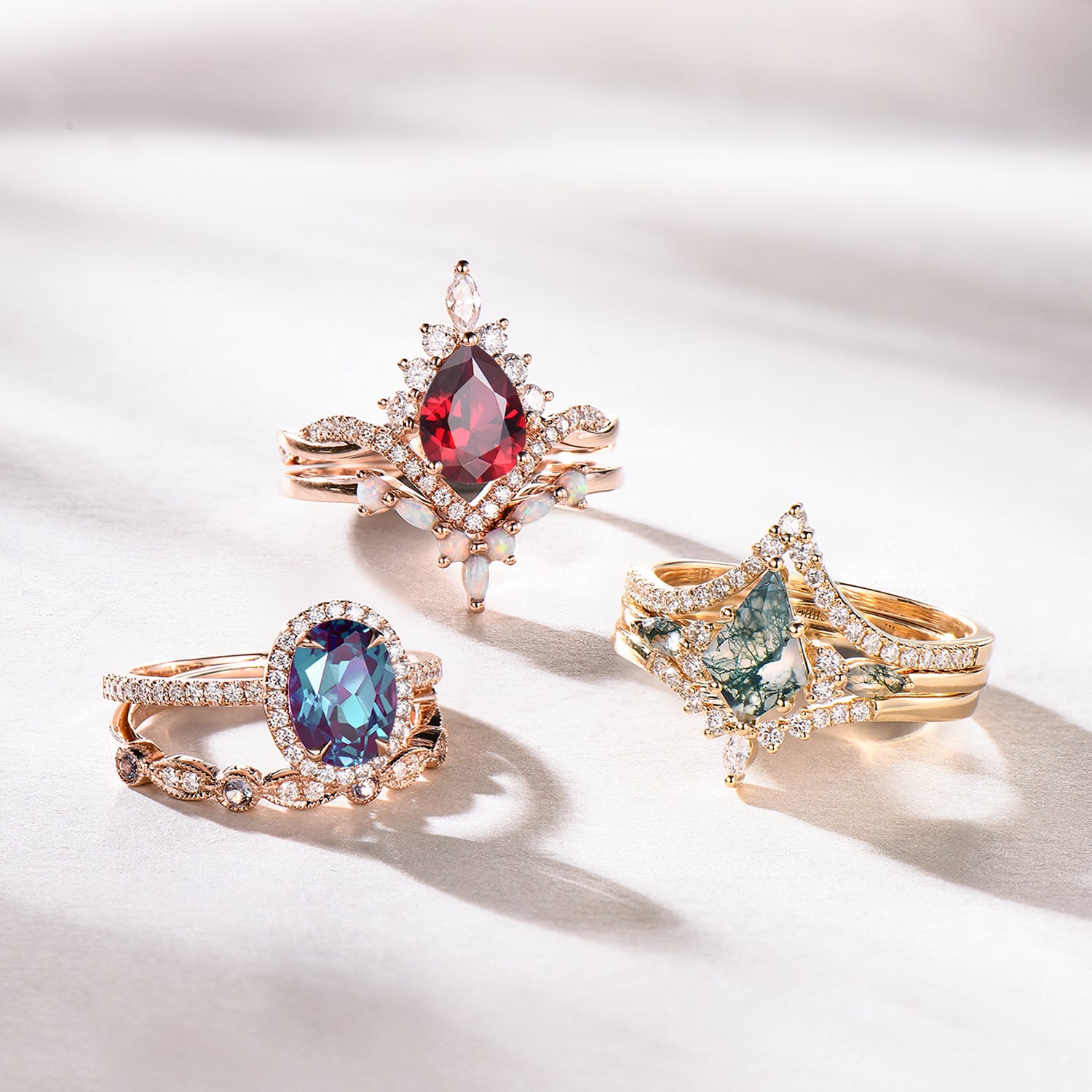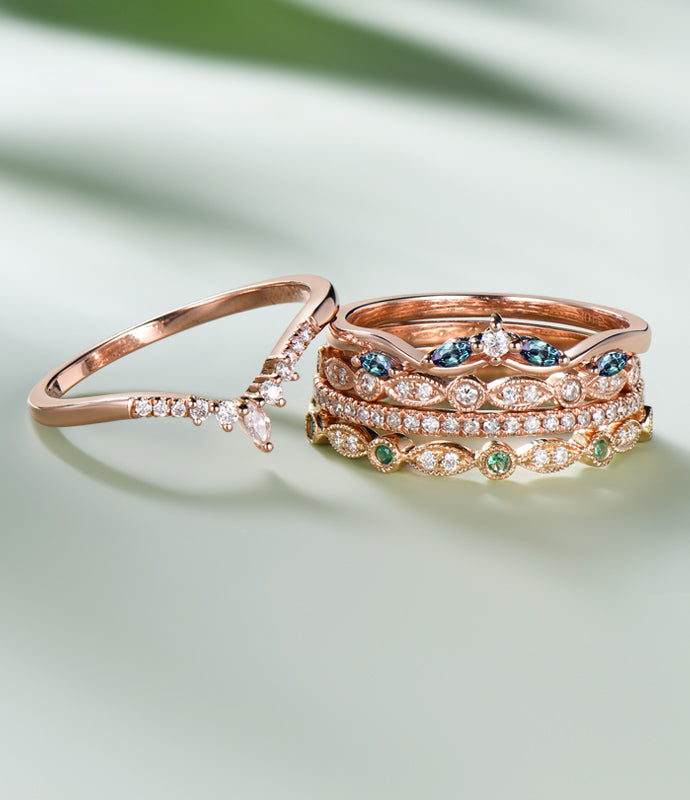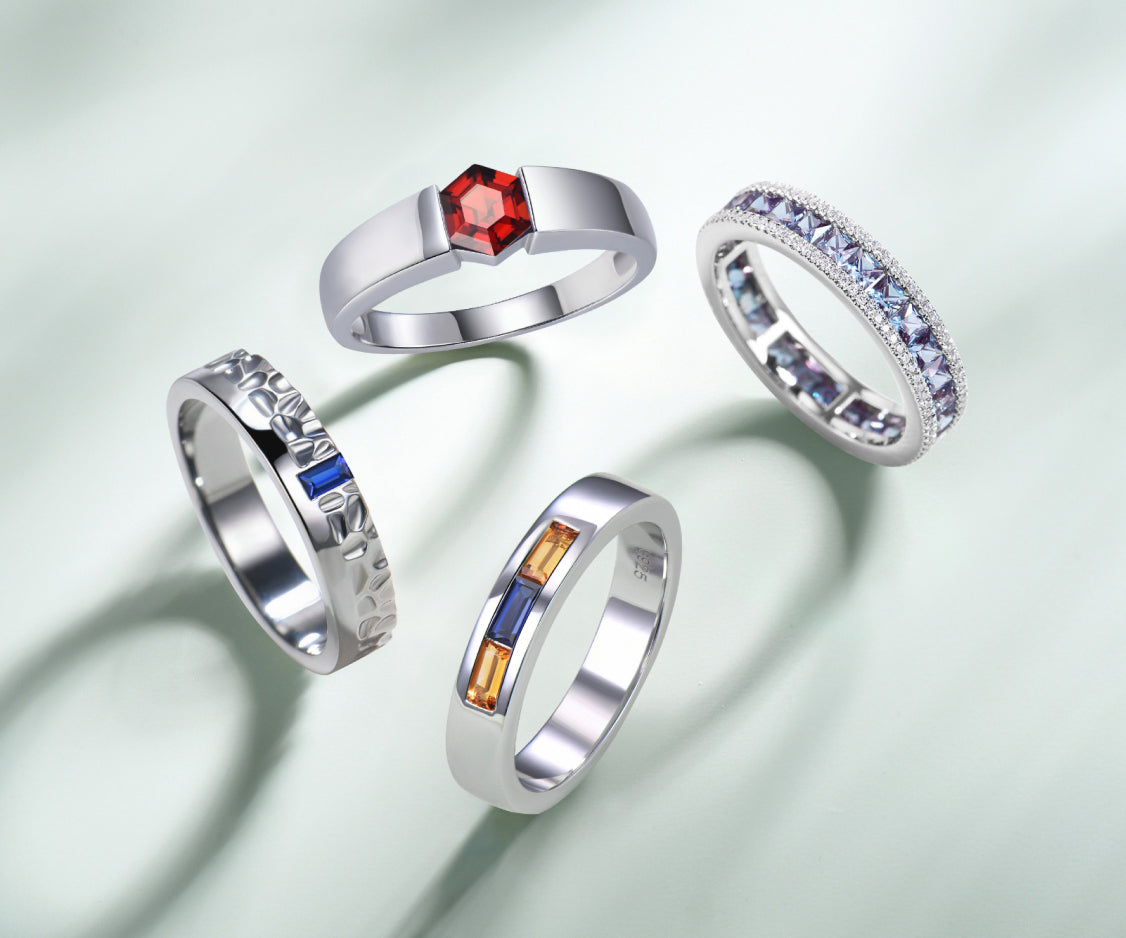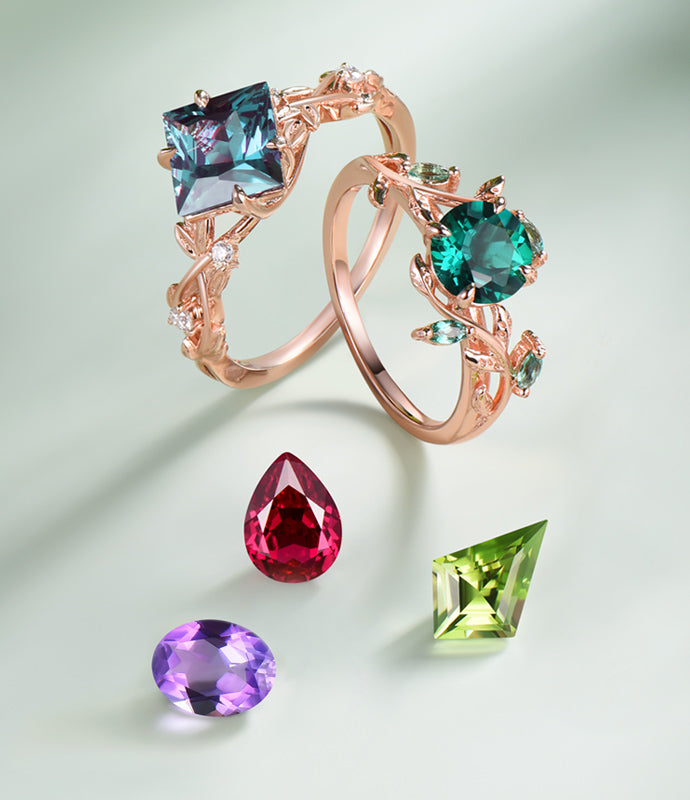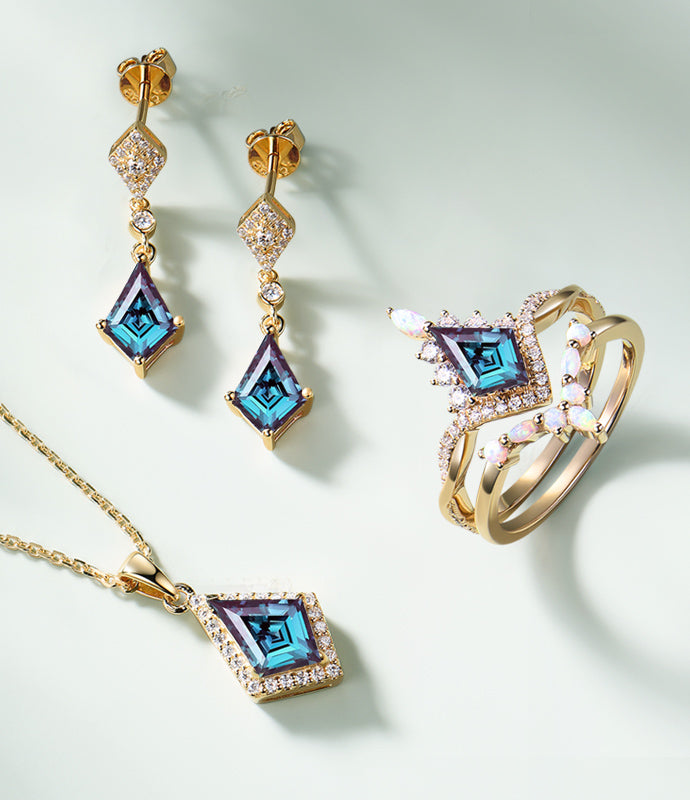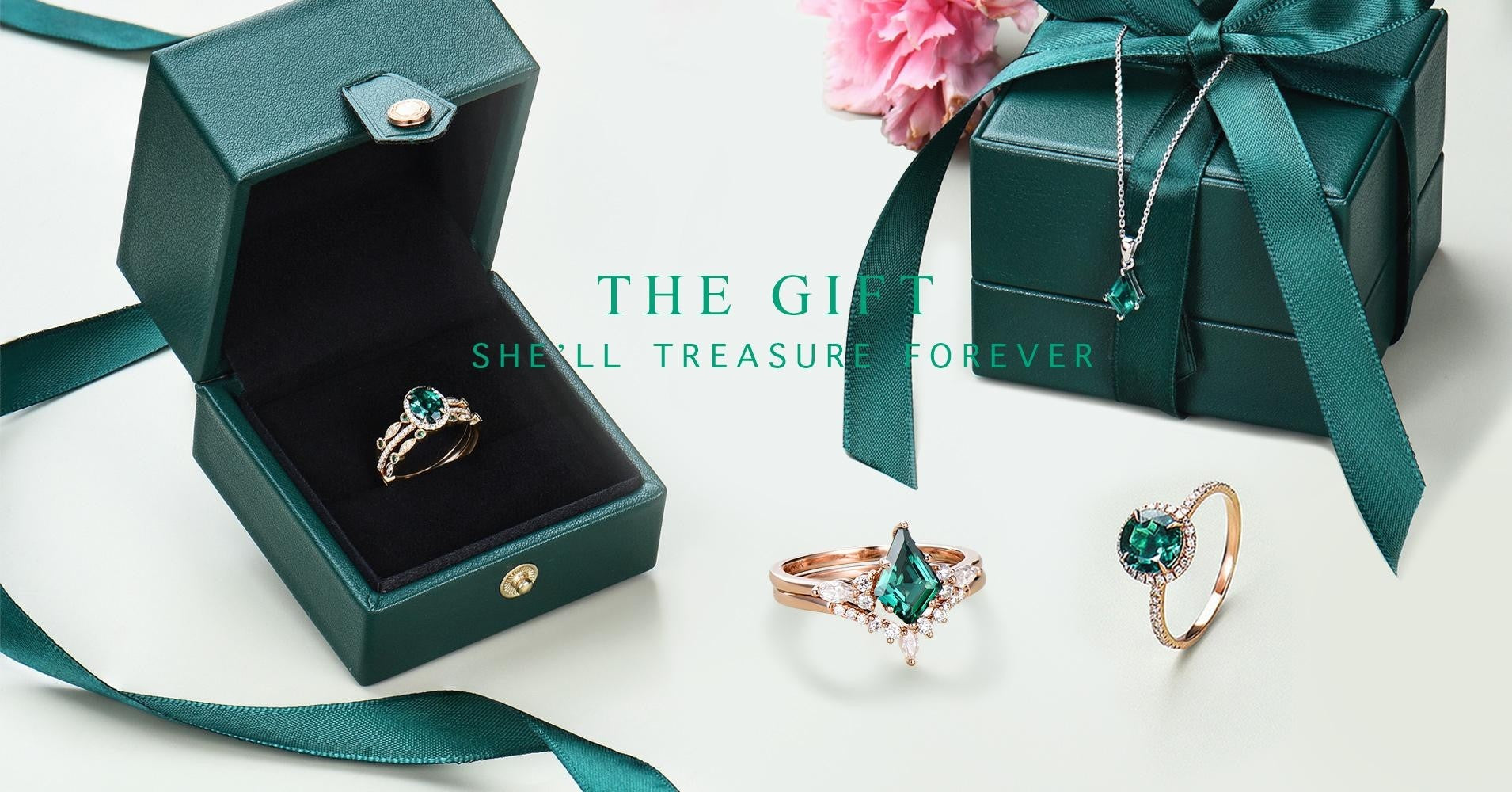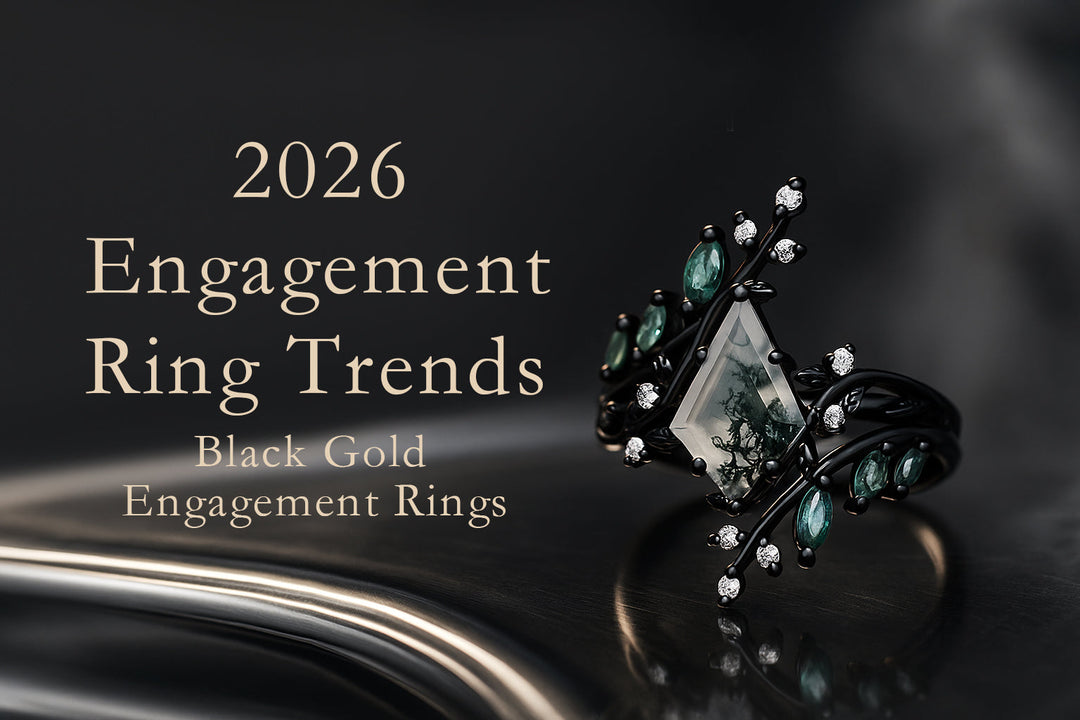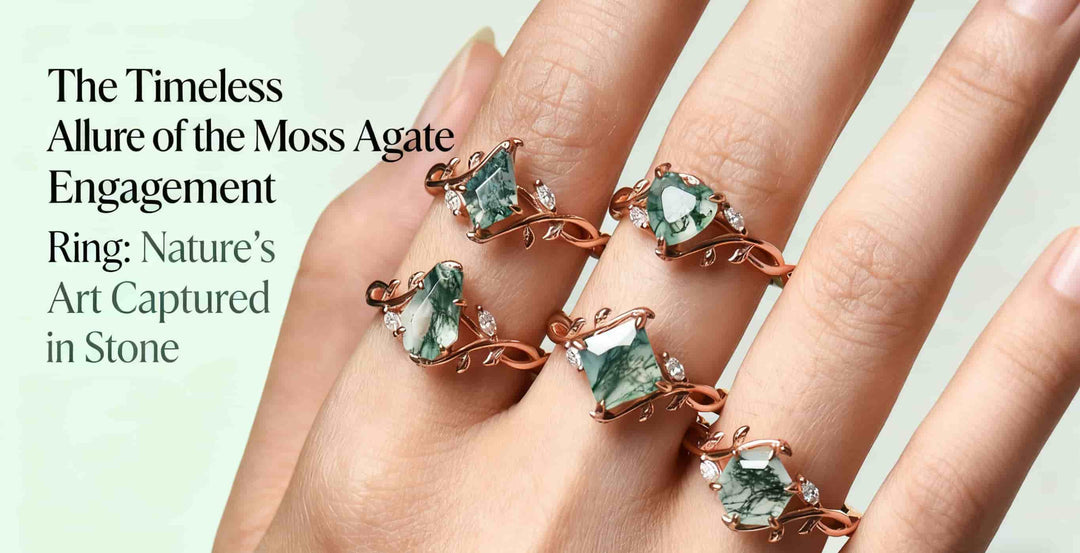The Complete Buyer’s Guide for Peridot Gemstone Jewelry
What is Peridot?
Peridot, the divine green stone dedicated to all those born in the month of August is renowned for its distinctive beautiful green color that distinguishes it from other gemstones, caused by the presence of the mineral olivine.
Peridot has come to be associated with purity and is believed by many people that wearing peridot jewelry has the capacity to purify the heart. Magnesium and iron elements present in the gem are responsible for its spectacular beautiful green coloration, but the gemstone can change color from green to yellowish-green, a form seen in most peridot jewelry.
Peridot stands out not only in its color but also in how it is formed. While other gemstones form mostly in the earth's crust, Peridot forms much deeper in the upper mantle and is transported by volcanic activity to the surface of the earth.
Peridot has been a jewelry gemstone for several millennia. The ancient Egyptian priests used to have peridot embedded in their goblets because they believed the stone had power over nature. They were also thought to confer healing powers and to calm the spirit of its wearer. Some cultures though peridot could ward off evil spirits and protect against nightmares.
Most of the historical information on peridots comes from the writings of an ancient natural historian known as Pliny the Elder’s. Pliny details the color and appearance of peridot and was once called “the gem of the sun” by the Egyptians. He also states that most peridot during his time in the first century were sourced from Topazios island, which was heavily protected by the ancient Egyptians.
In Hawaiian culture, peridot was associated with Pele, the Hawaiian volcano goddess. Hawaii boasts a large amount of olivine, being an area with heavy volcanic activity.
Today, peridot is a prized stone due to its yellowish-green hues and storied history, and is now used in rings, earrings, bracelets, and other different jewelry types.
It is quite affordable as it is not as expensive as other strongly colored gemstones like ruby and sapphire. The best peridot is an eye-clean stone that does not display any inclusion. A yellowish-green peridot is what you will be looking for. However, the gemstone appearance can be easily affected by the presence of slightly brown tints so ensure you keep an eye out for that.
Where is Peridot Mined?
Peridot is mined all over the world, but mostly on the San Carlos Apache Indian Reservation in Arizona. This place is believed to host over 80% of the world’s total peridot supply. Peridot is also mined in other places like China, Vietnam, Myanmar, and Egypt.
How to Differentiate Real Peridot From Fake Ones
Peridot, like other gemstones, can be faked and the imitation version is typically made from glass, which makes it quite simple to detect imperfections and spot a real one from among fake ones. Here are some of what you should do to identify an authentic peridot and avoid being scammed.
- Do an eye test. A simple observation of the color can reveal as much. Real peridots have a green color with greenish to brownish tints. If there is any other color present, then you may be looking at an imitation.
- Check for double refraction. When you look closely at a peridot stone, you can see two of each pavilion facets because the stone has a very high double refraction. However, if this doesn’t happen, then there’s no double refraction and you are likely dealing with a fake.
- Look for imperfections. Peridot is quite soft at a rating of 6.5-7 on the Mohs scale. The stone can scratch easily. With that in mind, check to see if cracks exist on the body of the gemstone. If it is completely smooth, it is most likely not real. Also check for inclusions under magnification. Real gemstones come with inclusions. If you find bubbles when you look within, then it may be a fake peridot made from glass.
- Check for color changes under different lights. One of the unique features of peridot is its inability to change color under different light intensities. Whether under natural or artificial light, genuine period displays the same color, while fake ones show a different color.
Tips for Buying Peridot Jewelry
- Check for the quality of the cut
When peridot has been well cut to a high standard, it looks absolutely stunning. When looking to buy peridot jewelry, look out for a well-cut, brilliant stone. Peridot can be cut in any shape typical gemstones are cut in and look great. Just look for the best shape for you.
- Yellow gold is better than white metals
When peridot is paired with yellow or rose gold, its color and aesthetic features become prominent. But with white metals like silver, platinum, and titanium, it is not as enchanting.
- Go for green peridot
You would be doing yourself a big favor by choosing green peridot stone, that does not have any other yellow or brown color tint. The larger the stone, the easier it is to correctly spot the color. Avoid the brown-colored peridots, as they are typically low in quality and not very appealing.
- Buy only eye clean peridot
Peridot like any typical gemstone would come with inclusions. However, the preferred peridot is one that is eye-clean, which means you cannot see inclusions and blemishes with the naked eye except under magnification.
How to Care for Peridot
Peridot is fairly strong, which means you have to be careful caring for it to avoid scratching it or hitting a hard surface. To clean peridot, soak the stone in a warm water mixed with gentle dish soap. Then brush the setting carefully with a soft brush to remove debris, and dry it with a lint-free cloth. Avoid steam-cleaning peridot or using an ultrasonic cleaner on it as the stone can be damaged in the process.
Conclusion
Earthy, sentimental, and eye-catching, peridot makes a great gemstone for jewelry of all kinds. Whether you are looking for an engagement ring, a bracelet, a necklace, an earring, or just a birthstone that represents you, peridot is a worthy stone piece for consideration. If given proper attention and care it deserves, the alluring gemstone can be passed on from one generation to another.




